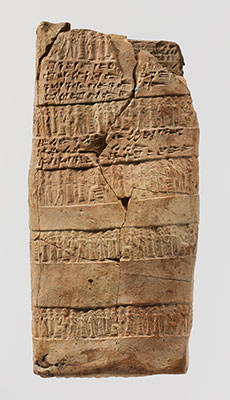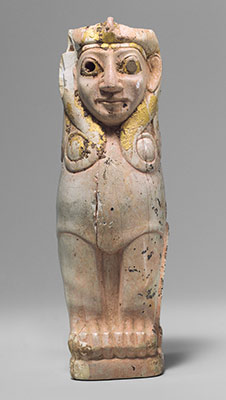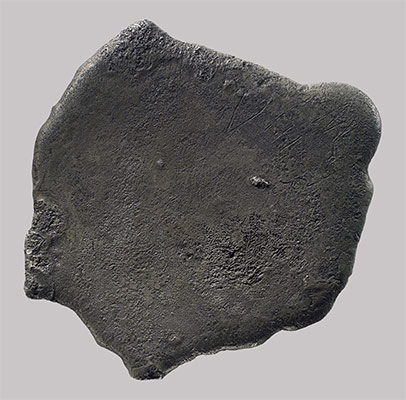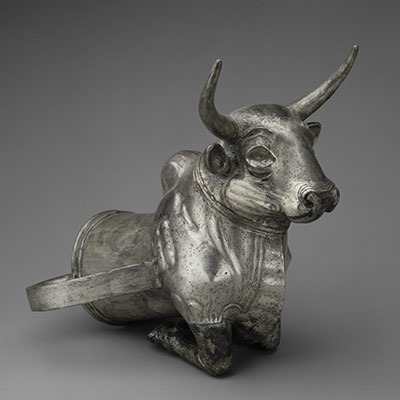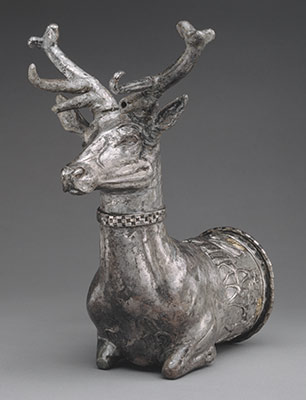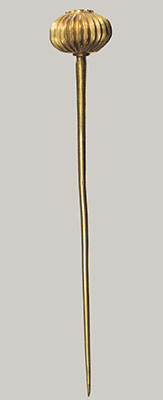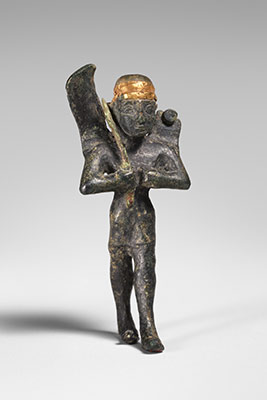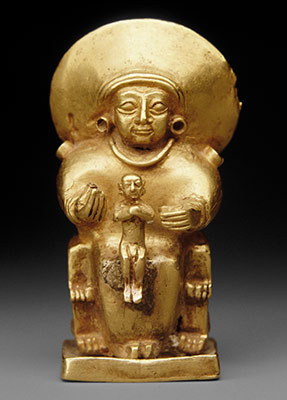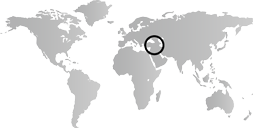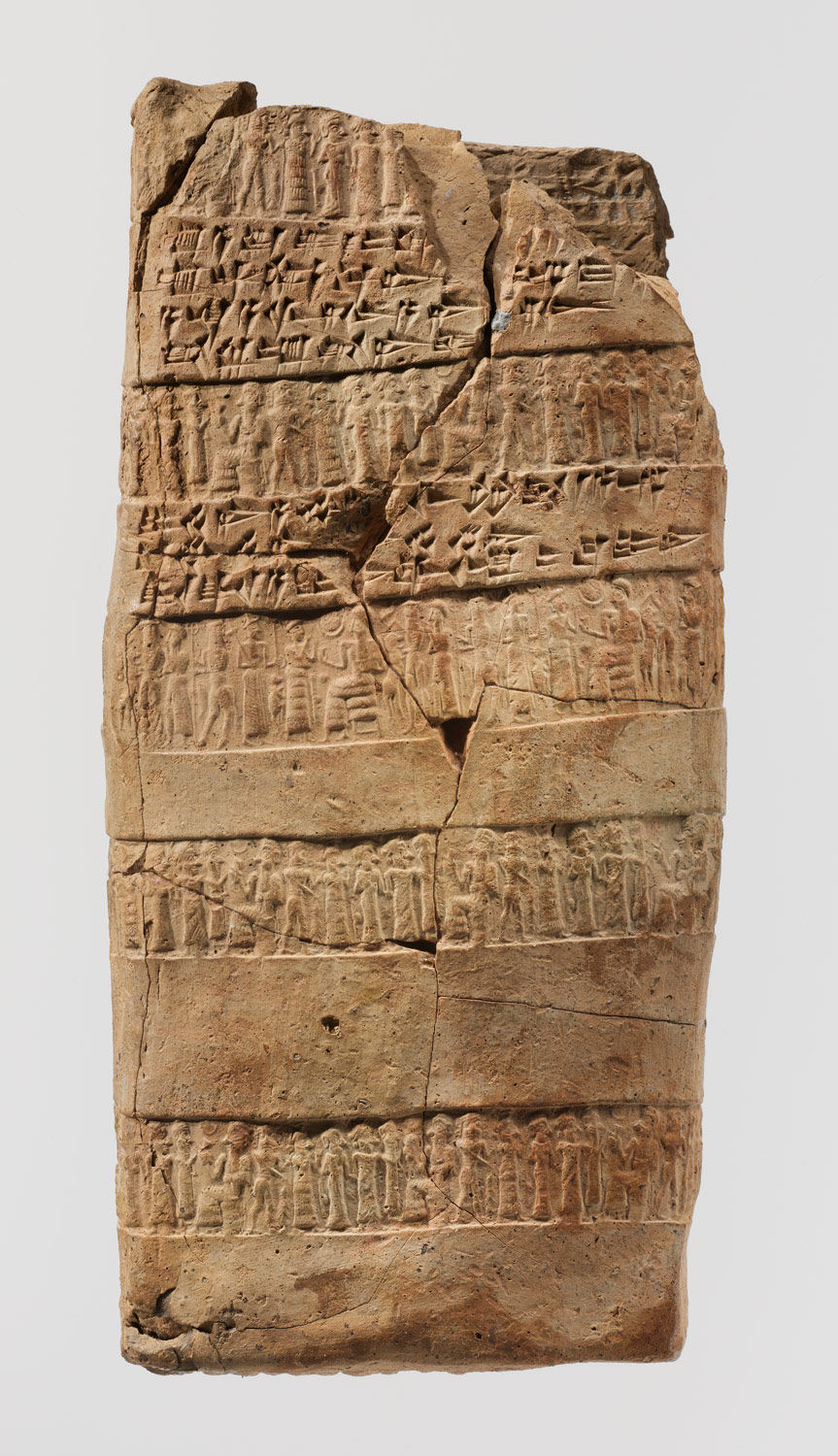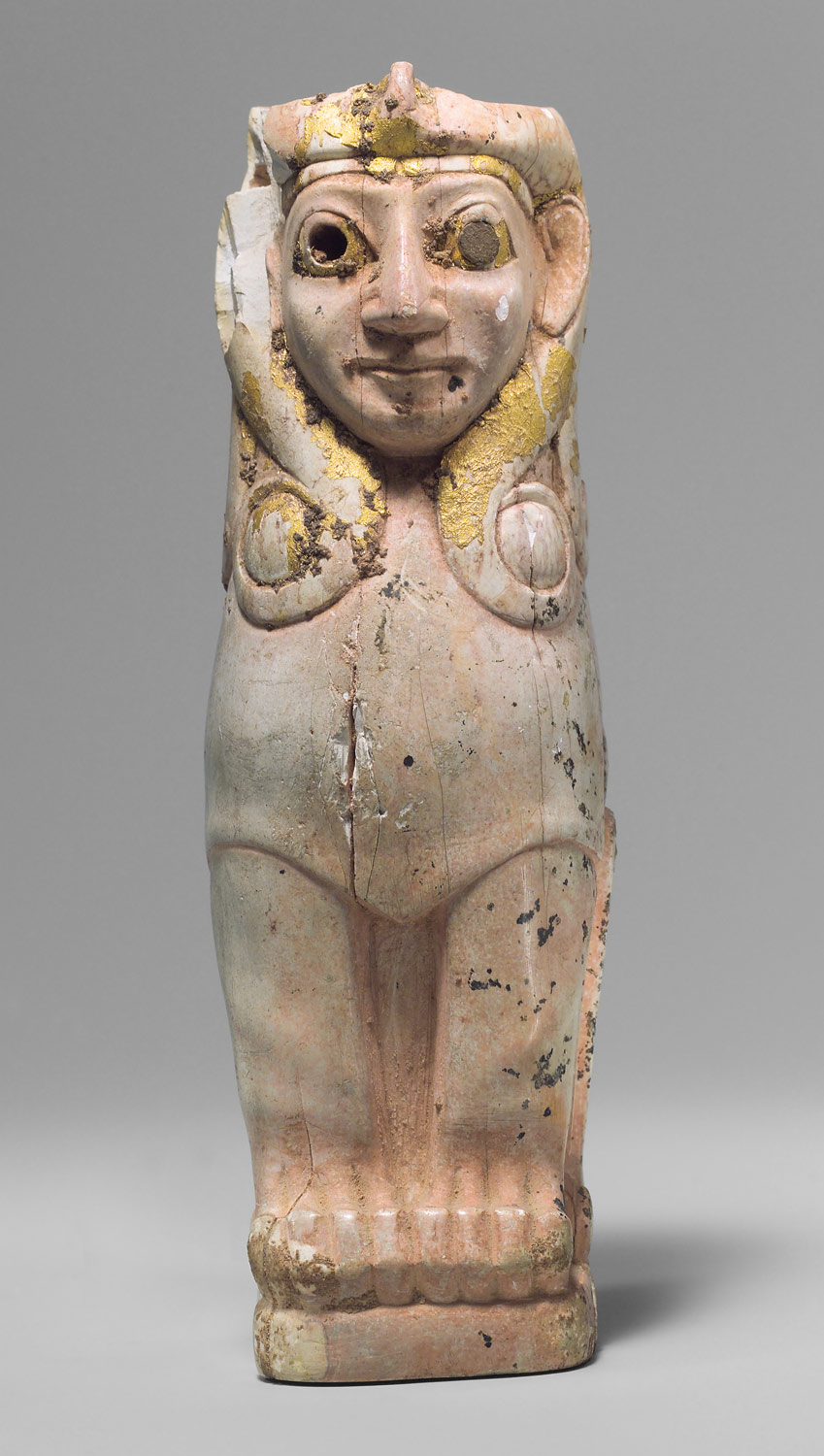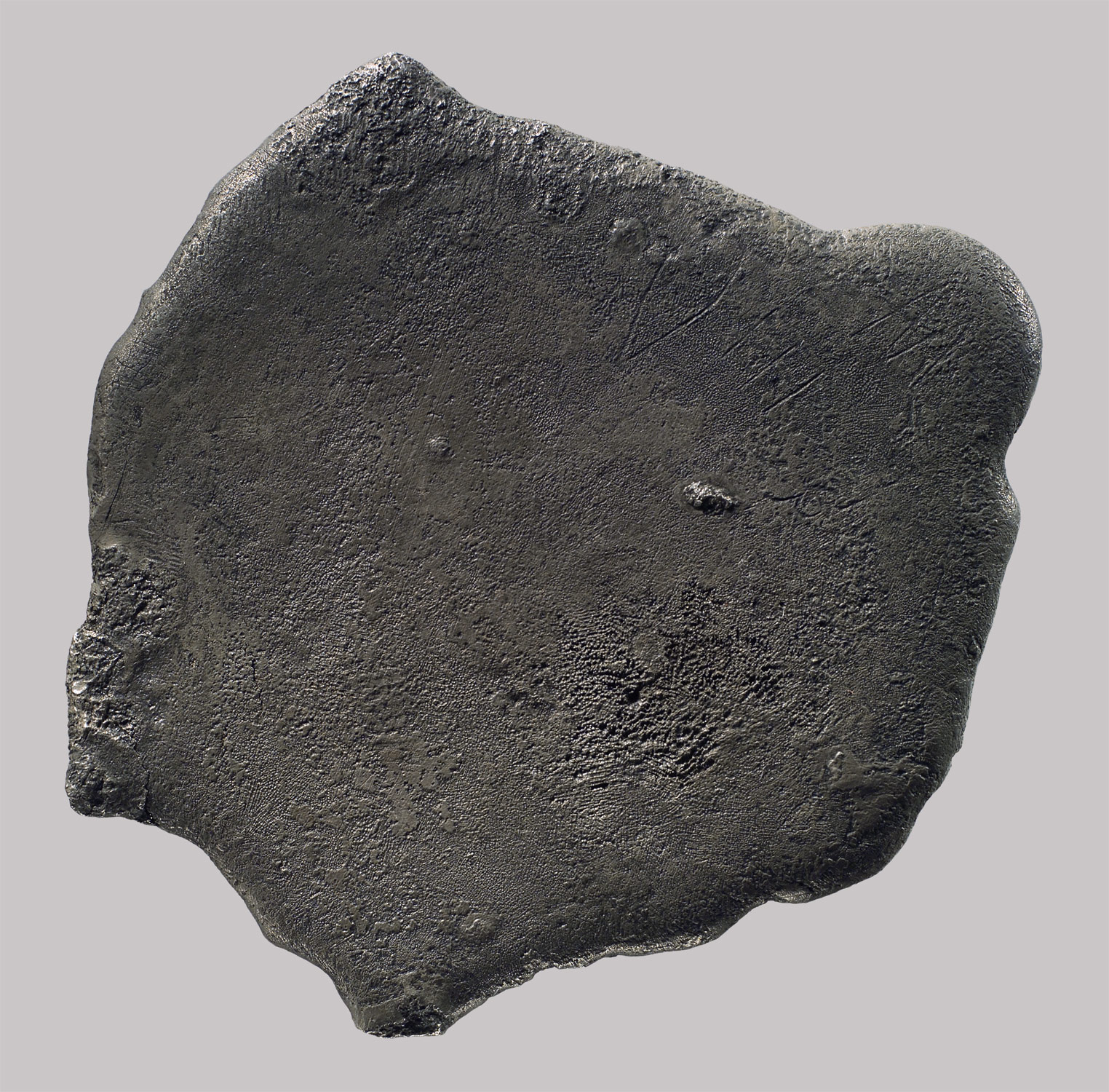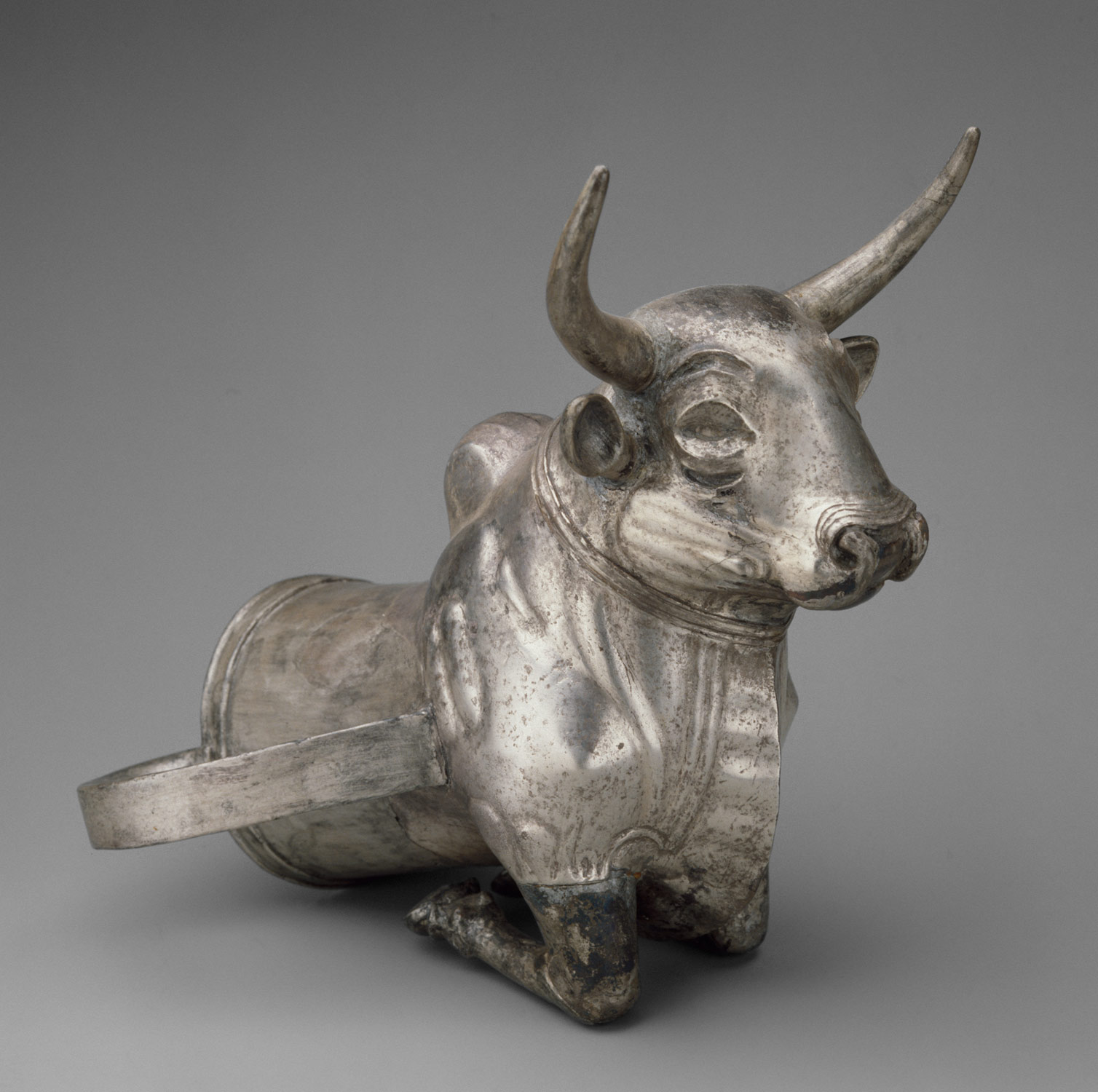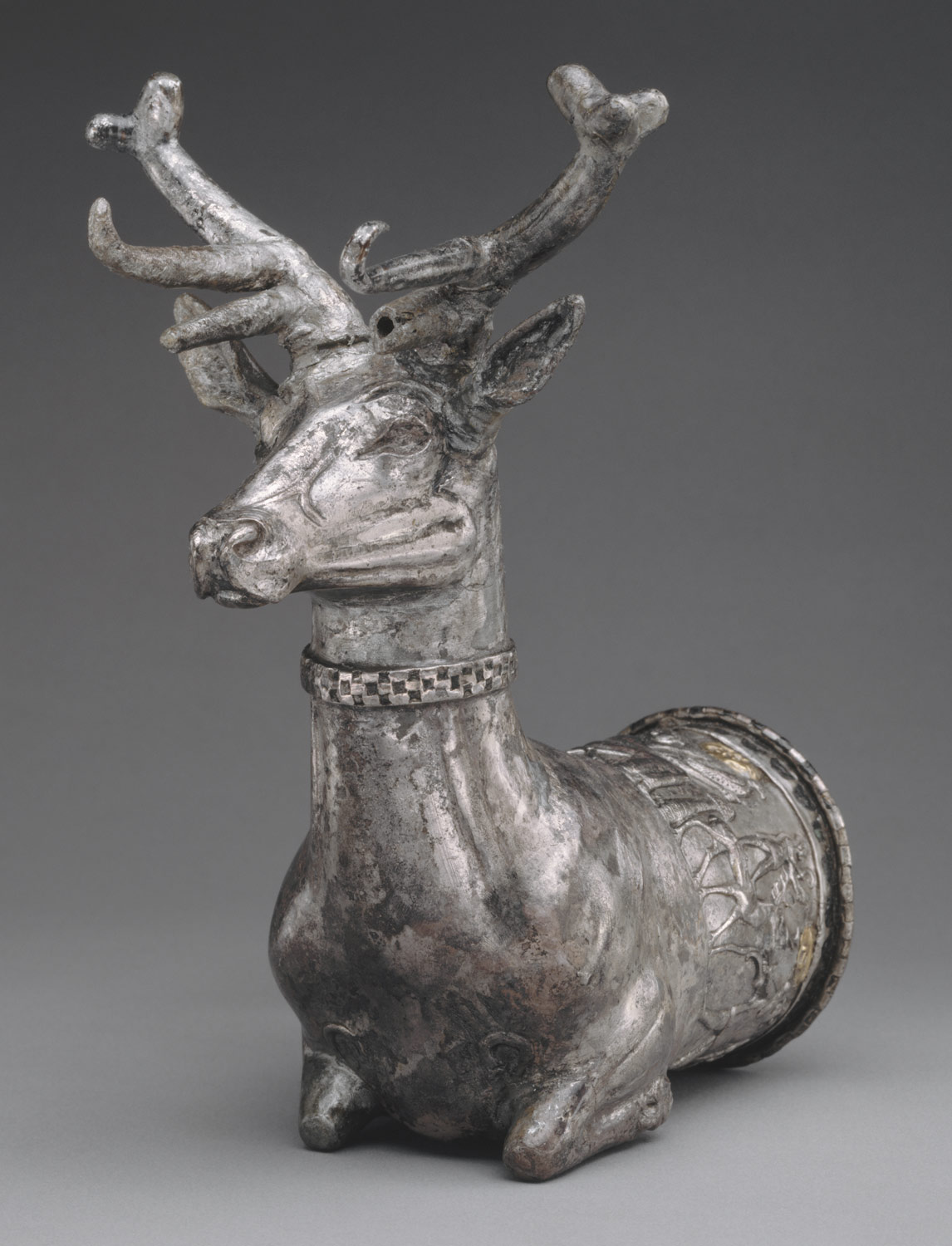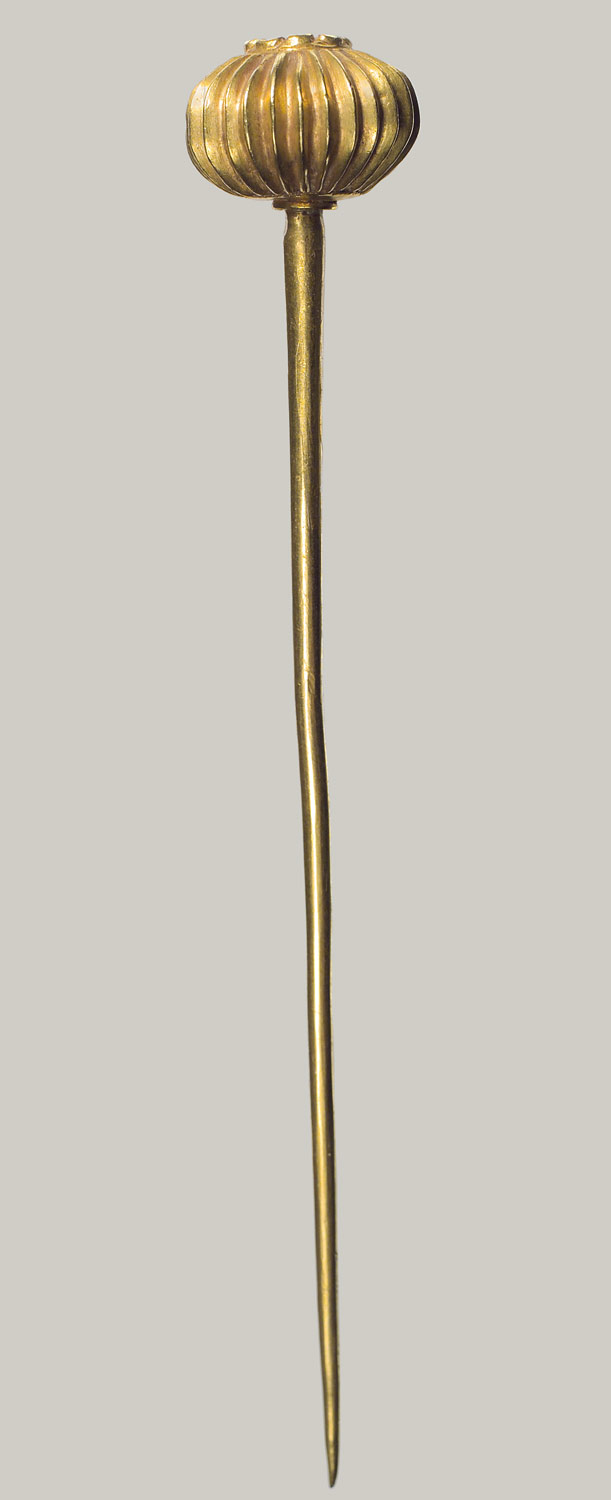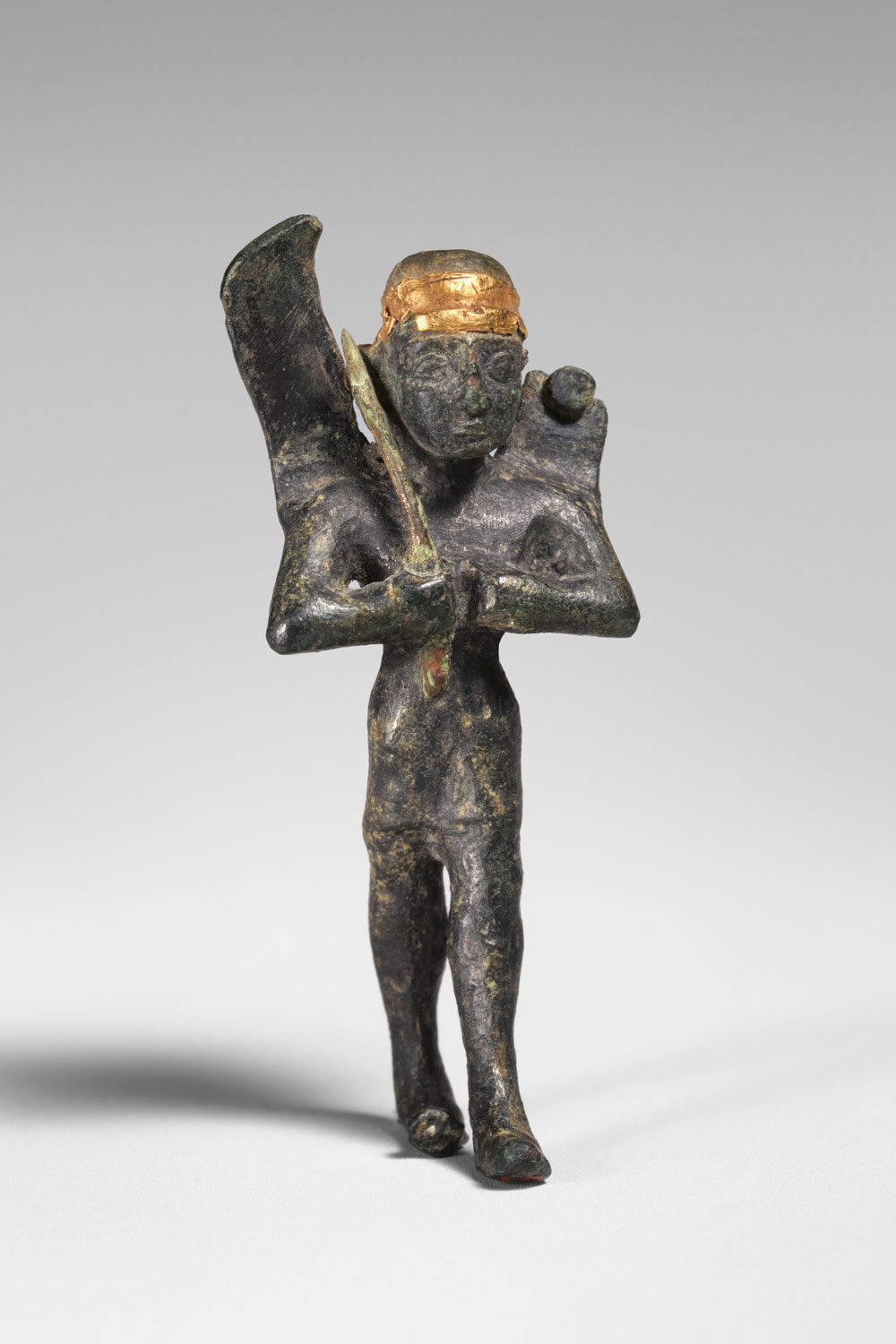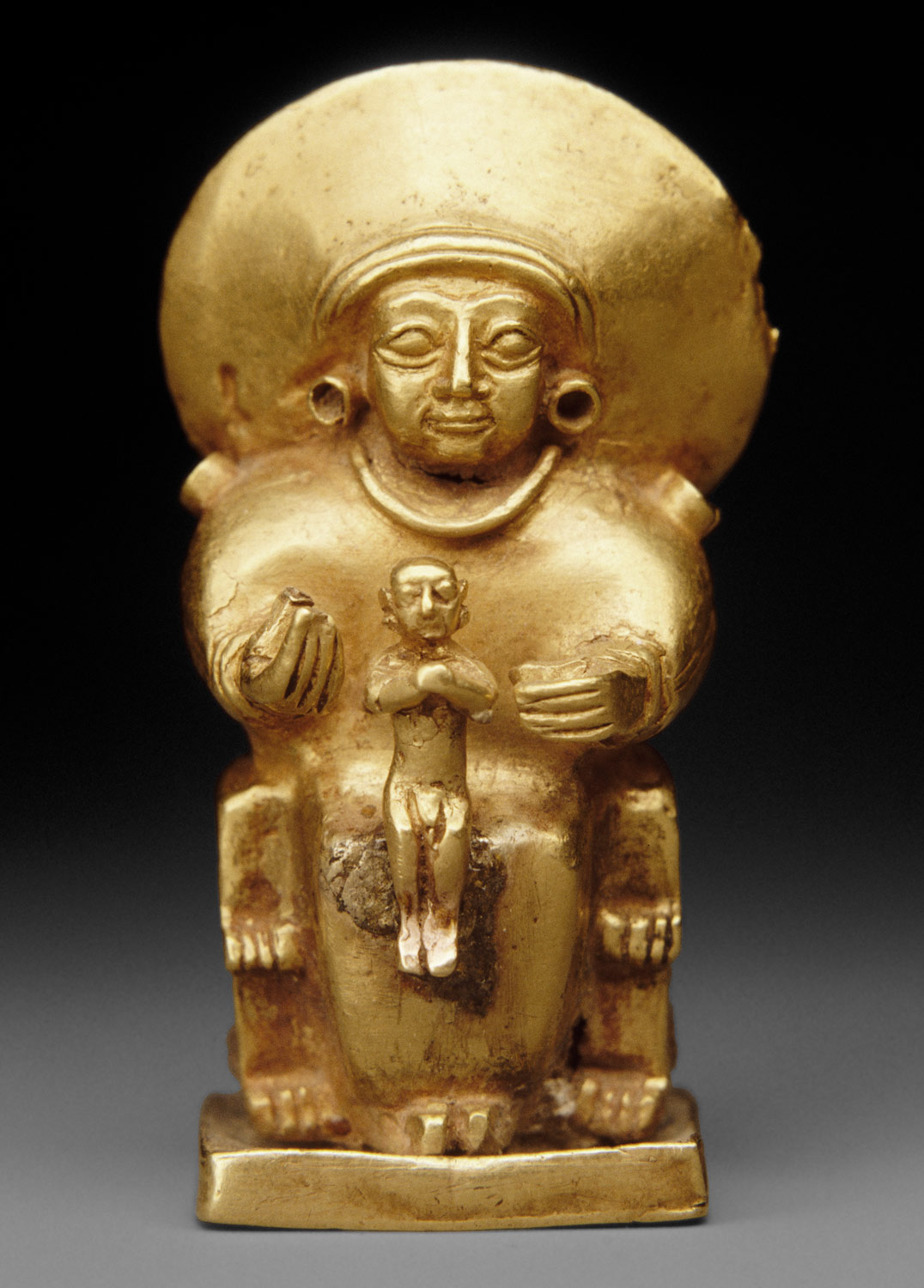Precious metals such as silver, gold, and tin attract merchants to the Anatolian plateau, particularly from the northern Mesopotamian city of Ashur. These merchants establish trading centers (karum)—such as the one at Kanesh (modern Kültepe)—and the details of their transactions are documented in cuneiform tablets, the earliest texts found in the region. During the fourteenth century, the Hittite kingdom, with its capital at Hattusha (modern Bogazköy) and religious center at Yazilikaya, creates an empire extending into northern Syria. By around 1200 B.C., Hattusha is violently destroyed and the Hittite empire collapses.
In the Caucasus, the earlier culture of Kura-Araxes gives way to the Trialeti culture, known for its particular form of burial. Large mounds with extensive underground graves contain bronze weapons, tools, and unique artifacts in gold and silver.
